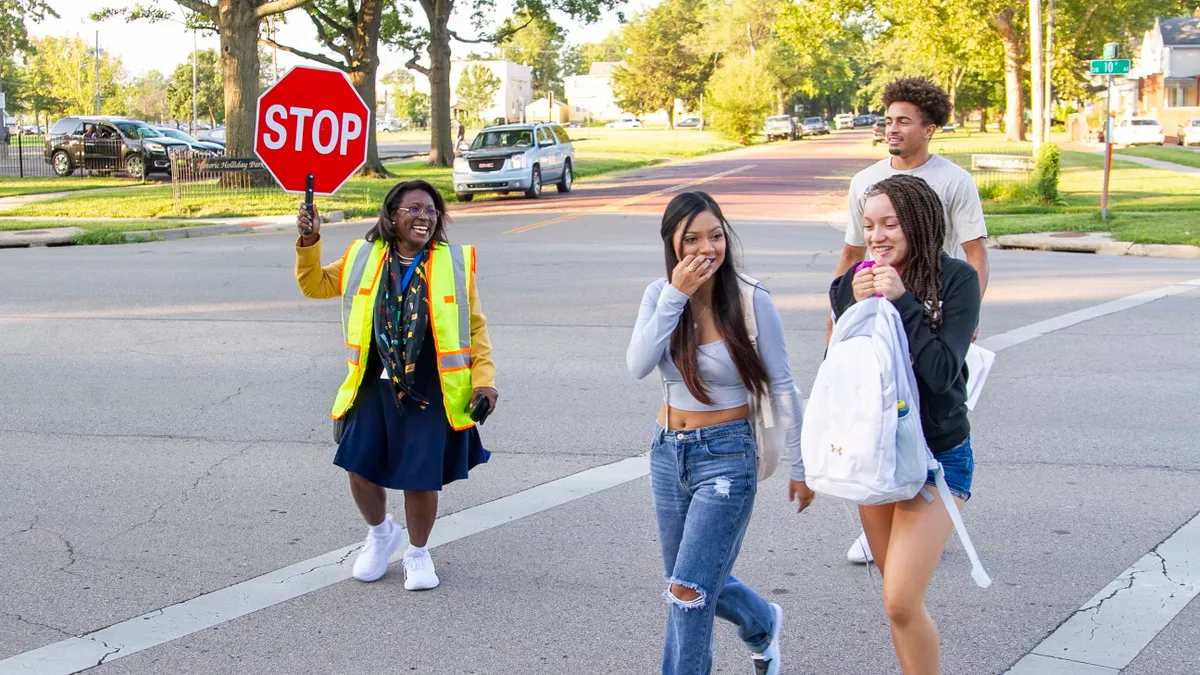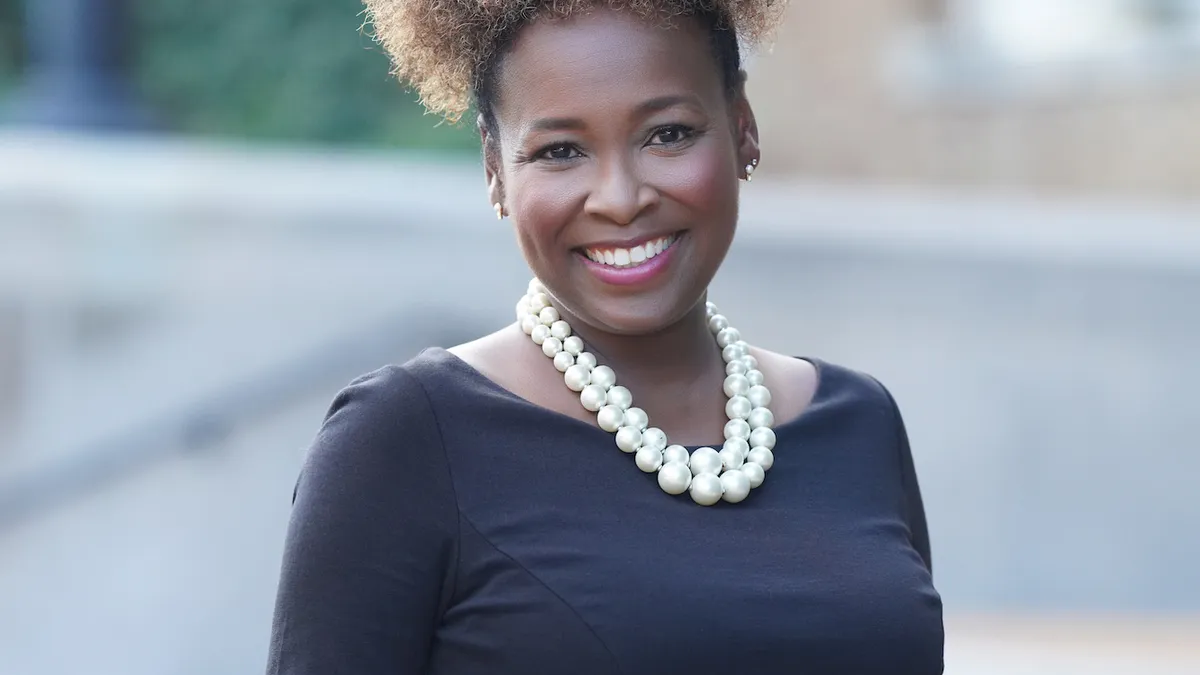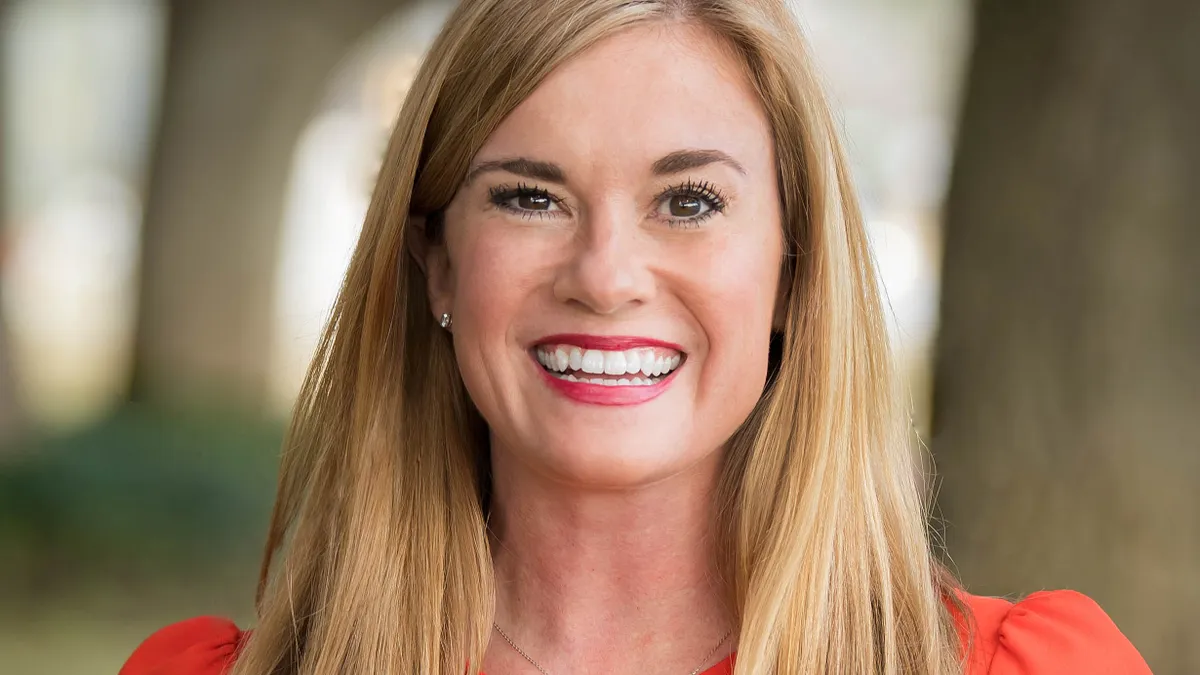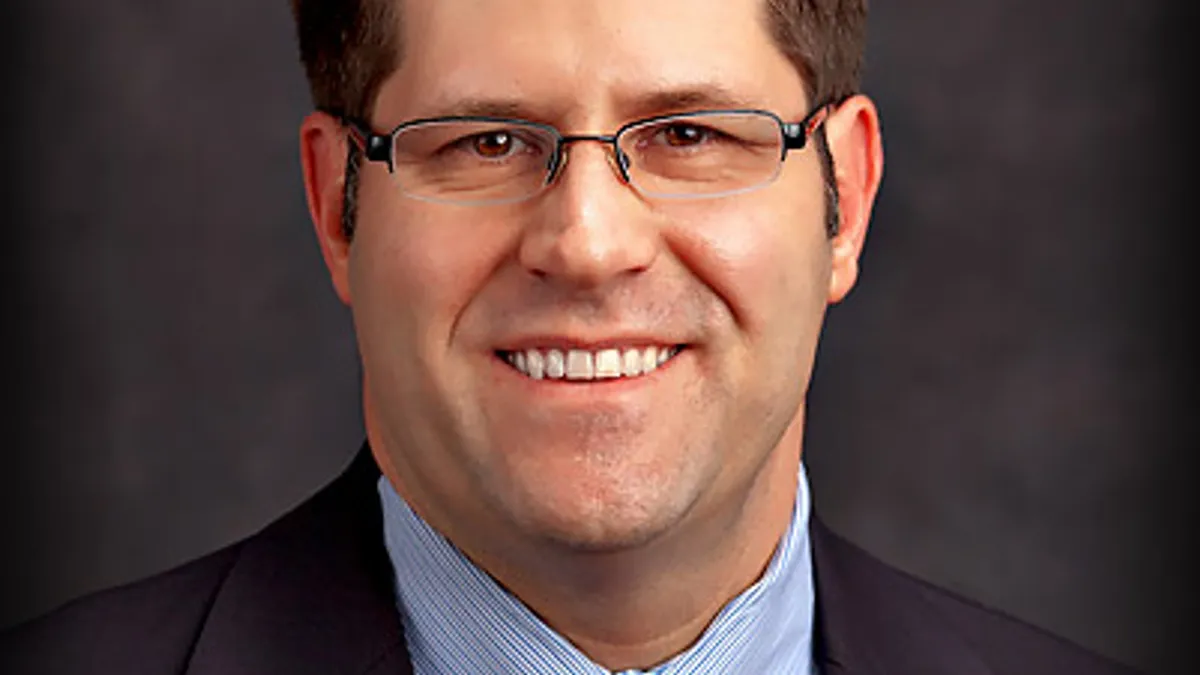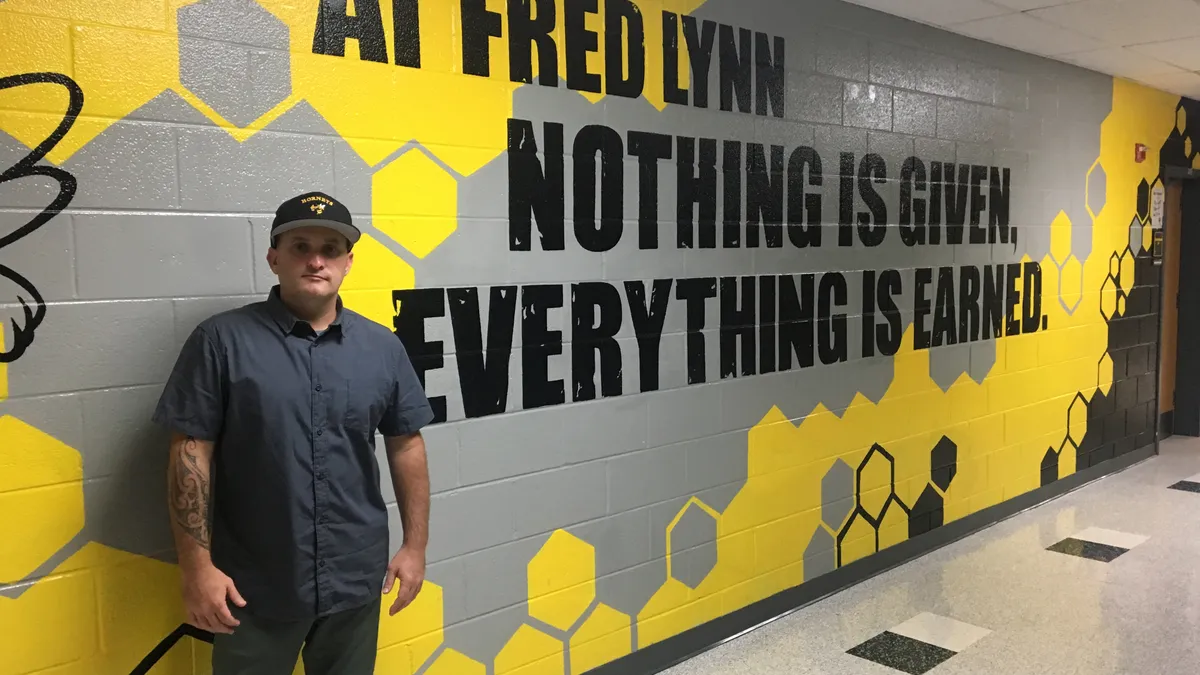Lessons In Leadership is an ongoing series in which K-12 principals and superintendents share their best practices as well as challenges overcome. For more installments, click here.
Overseeing one school district with one school board is a challenge on its own, but two of each? That’s all in a day’s work for Matthew Montgomery. As superintendent of Lake Forest Schools' District 67 and District 115 in Illinois since 2021, Montgomery serves roughly 3,000 students and answers to two seven-member boards.
From the start, engaging the community has been a necessity as he leads both District 67, which includes three elementary schools and a middle school, and District 115, which consists of one high school. His first priority was working with community stakeholders to create a shared “portrait of a learner” that identifies six core competencies: communication, adaptability, citizenship, empathy, critical thinking and confidence.
“That's what the community established — that in addition to academic excellence, which needs to be job No. 1 for us as educators — we also need to prepare our kids for the world that they're entering, for jobs that don't exist yet,” said Melissa Oakley, chief communications officer for Districts 67 and 115.
Montgomery invited a variety of community members, including those without children enrolled in the district, to apply to help build out that vision, as well as to form the two districts’ strategic five-year plans.
But that’s not to say success is a foregone conclusion.
A $105.7 million referendum to make physical infrastructure upgrades to the District 115 high school passed narrowly with 51% approval in April 2023. And political divides in the community, including from a vocal parent rights group, have necessitated careful and transparent communication of how that money is being spent.
“If they want to know the last bill we paid and how much that was, they can see that,” said Oakley. “Through transparency and community engagement, we're really trying to build trust.”
We recently caught up with Montgomery and Oakley to learn more about what’s working in their community, maintaining positive board relationships, and their advice for addressing opposition.
Editor’s Note: The following interview has been edited for brevity and clarity.
K-12 DIVE: What are some of the approaches you’ve taken to reach and engage the community as you steer change in Lake Forest?
MELISSA OAKLEY: One of our big challenges is that 75-80% of our community doesn't have kids in our schools. So, as we communicate, we have to find ways of reaching those people.
It's much easier for our parents or guardians who have students in our system to get our information. We communicate frequently through a variety of channels. We do research to find out which channels are the most effective. We know through that research that our Friday newsletters that come from our principals are the No. 1 most-trusted source of information. We make sure to continue a steady drumbeat of information there.

But if you're somebody who either never had children in the district or no longer has children in the district, how do you know what's going on? We have something called our “all access” subscription model. People can sign up to receive any information from the district that they want. They can select the topical areas they're most interested in. We do community forums from time to time. We work with the city of Lake Forest and the Village of Lake Bluff to provide information in their Friday e-news.
We realize there's no one thing. It is a combination of channels and outlets that allow us a better chance of reaching more people.
MATTHEW MONTGOMERY: And every other year, we're doing community satisfaction surveys so we can substantiate our claim of how we are reaching all of our stakeholders, and then course-correcting based on the feedback we're getting.
We just got our most recent survey data back, and both boards of education, respectively, are processing that in their March meetings. The researcher will come in, share all of the data — this time we surveyed all residents 18 or over — and then draw statistically significant results based on the questions we're asking around community satisfaction.
That's exceptionally important to us as leaders, because there is a risk to have hyperbole drive decision-making processes. And that is something that we try to avoid with our use of statistically valid data. If you are running into someone in the grocery store, and they're sharing something as an example, it is something that we should listen to and respond to if necessary. But it's also important that we're not building artificial trend lines based on who the last person is who reached out to us.
How important has that data been in maintaining positive relationships with the school board?
MONTGOMERY: I am exceptionally fortunate that I have 14 board members who are here for the right reasons. They're agenda-free. They're passionate. They're thought-provoking. They appropriately challenge the thoughts and ideas and the initiatives that I present. It truly is a team of 15 — seven and seven, and myself.
I wish it was more common than you read about sometimes across the country, but to keep those relationships strong, that data helps empower and scaffold support for them, so they can see the full picture instead of what they're limited to by who's running into them at cocktail parties or grocery stores or soccer fields, and to take a broader swath of the community writ large to help reassure them of what we're doing and what course corrections we are making.
The role and relationship between the administration and the board of education has always been paramount. But I would espouse that, given the political tsunami that we are faced with, those relationships and how much time you invest in them cannot be overstated.
How have you navigated pushback from vocal interest groups in Lake Forest?
MONTGOMERY: There are times when you have to determine how much bandwidth you want to give groups such as these when, after multiple attempts, it appears as if there is nothing you can do to satiate their needs.
Therefore, you have to have a personal reflection with the board to say, “How does the board want the administration to expend the finite amount of resources that the administration has in serving all of their stakeholders?” And then, together, you determine what the board is comfortable with.
You have no control over their existence, so it's “live with,” not “live against.”
Where I think you'll get the best results is to not put up barriers, but instead create partnerships and many different avenues to bring stakeholders into the room with you, where they are sharing their concerns. They're thinking through problems of practice collectively. That's how you have meaningful change. That's how you make progress.







 Dive Awards
Dive Awards










